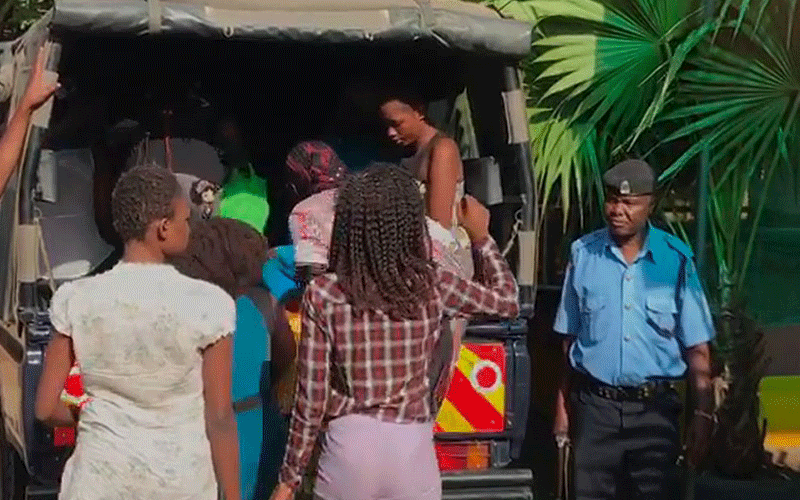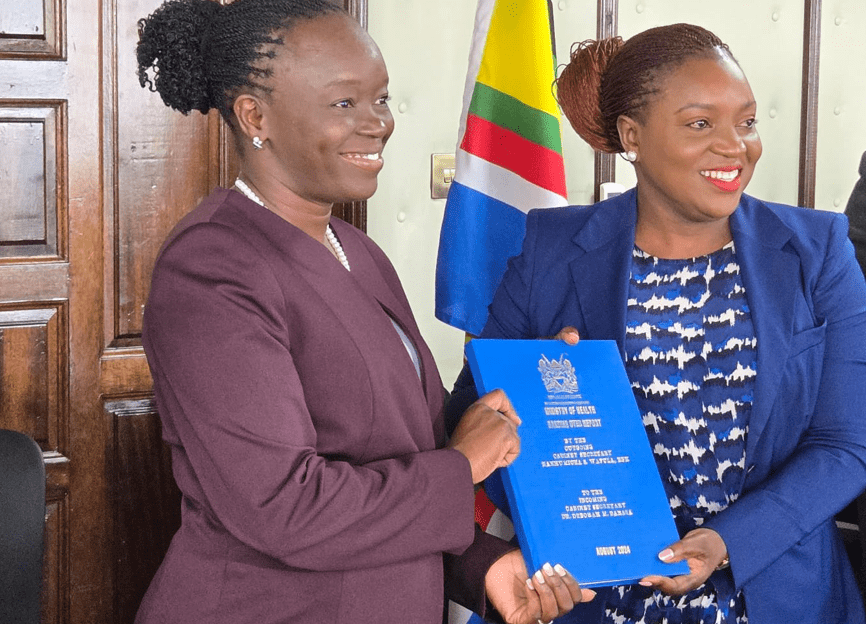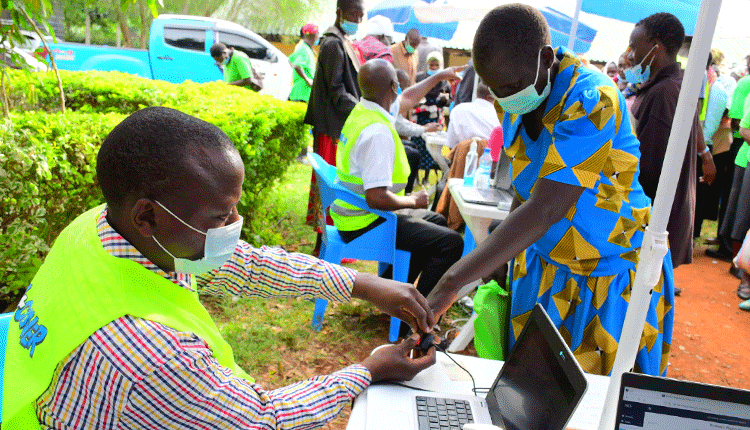Falling Covid-19 numbers and the paradox of measures

The government has been urging people to religiously observe public health measures to contain the spread of Covid-19, but a majority of Kenyans have acted in defiance of the measures.
But even with the violation of measures, the number of coronavirus infections and deaths have continued to register a sharp decline in recent days, raising questions on whether Kenya has reached the peak of the disease or another reason for the dwindling numbers.
After more than five months of multiple restrictions, the body language of the general population, characterised by care-free attitudes of Kenyans across, has continued to signify a population that is more than tired of restrictions.
In many parts of the country, health measures remain a formality and perhaps only a gate pass to offices and other important places like shopping malls, banking halls and more besides.
Various spot checks across the country reveal that a majority of Kenyans are no longer following the health measures.
At Mombasa’s Kongowea for example, on a typical day, traders and buyers go about their daily business just like they had done before the outbreak of the pandemic.
Stringent monitoring of hand washing as was the case during the initial phase of the pandemic between March and April is now a forgotten course.
Shortage of reagents
“We rely on God’s protection. It is not practical to expect a person like me in an environment like this to wear a mask religiously.
That is only possible for people in offices and hospitals where there are air conditioners.
But here in the market, especially in Mombasa where it is hot, this is not possible.
I am asthmatic and suffer from sinuses therefore it is difficult for me to use the masks,” says Douglas Mutinda, a trader at Kongowea market.
Meanwhile, at the Aga Khan grounds in Mombasa where a billionaire philanthropist and owner of Mombasa Cement company donates free foodstuffs to vulnerable families, social distancing is clearly not even practical considering the sea of humanity packed shoulder to shoulder in congested tents.
For anyone, it is a scenario that complicates the actual understanding of the pandemic and further arouses intriguing queries of the whole situation, especially considering that the Ministry of Health (MOH) has been reporting reducing infections across the country.
An almost identical situation replicates in various parts of the country predominantly matatu stages and markets, where social distancing has virtually become a myth.
In spite of the trends, the Ministry of Health (MOH) has constantly continued to report a declining number of infections in the country.
Although the MOH has attributed the declining national figures to shortage of reagents, health experts say the situation could be specifically because a majority of the cases are asymptomatic and that most people might have contracted the virus without knowing.
Former head of Disease Prevention and Control at the Ministry of Health Dr Willis Akhwale says the virus is new in the world and experts are still learning how it behaves in various individuals, adding there is a possibility that its reaction varies genetically.
He, however, said it is still early to declare victory against the virus saying in some countries like Brazil, America, Italy and Sweden can be a good example of why it is important to stick to the measures.
“In Sweden, The US and Brazil they were very relaxed until they were hit hard much later. However this is a new virus and still being studied,” said Dr Akhwale.
On his part Dr Ramadhan Marjan who is a member of Mombasa Muslims Covid-19 response committee said the explanation of the situation can be based on many factors including recent MOH projections that about threemillion Kenyans could be already infected but a majority is asymptomatic.
“You see because of the shortage of reagents mass testing has stopped and we are currently focusing on targeted tests for specific groups like Truckers, travelers, health workers, those who work in hotels and restaurants and patients with symptoms.
That could be one of the reasons why the figures are declining. But the fact that one has not tested is not a guarantee that they are not positive.
In fact very many people could be walking around doing their daily businesses yet they are asymptomatic.
You won’t know until you get tested or you fall sick,” explained Dr Marjan.
But in the latest Science Review, Bloomberg Philanthropies partners Resolve to Save Lives and Vital Strategies published by Bloomberg Media Initiative Africa (BMIA), “Africa has had a consistently low per capita rate of confirmed cases since May 2020.”
While arguing that many Africa countries acted early to implement public health and social measures to prevent disease transmission, the report suggests that many countries in Africa have suboptimal rates of testing given the number of cases they have.
“Of the countries highlighted, only Rwanda, Uganda and Togo have high rates of testing and low test positivity, suggesting that testing may be adequate to detect a higher proportion of cases,” the report reads further “The level of testing required to have a more complete picture of disease spread depends on the amount of disease present.
The more cases in an area, the more tests are required to try to find everyone infected.”















